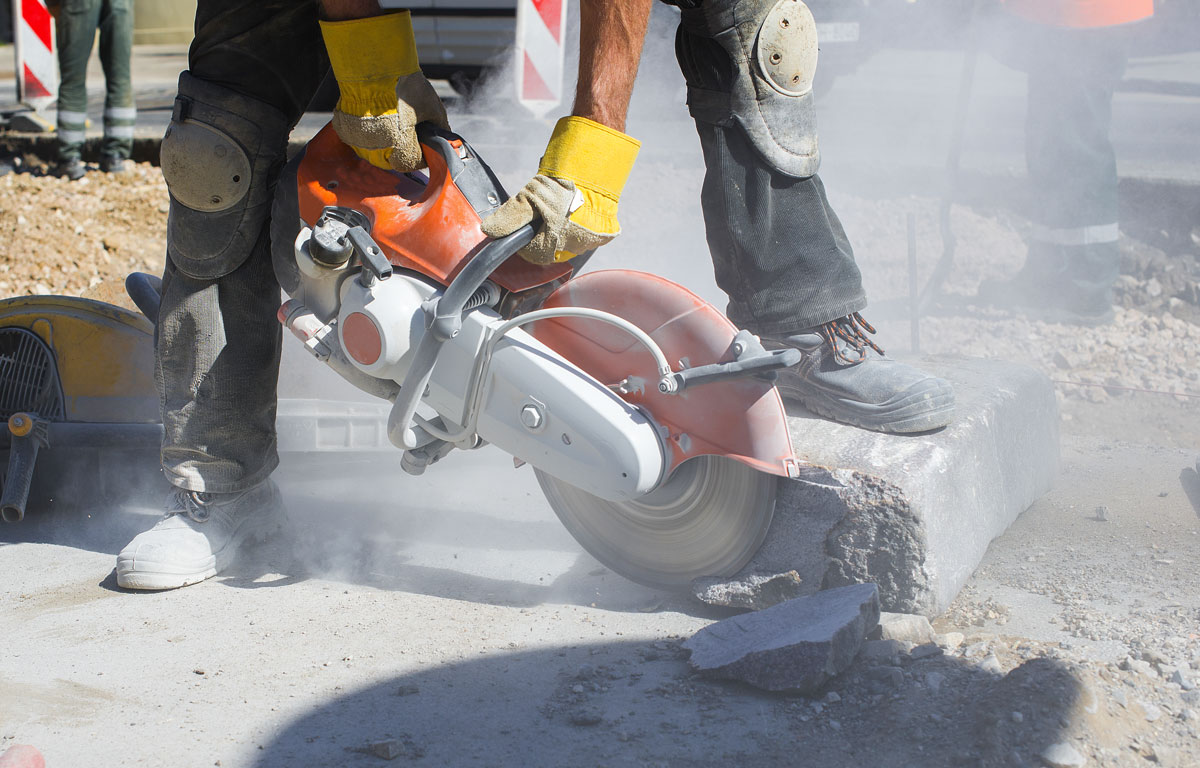There are those times when you just don’t have the time to make repairs, prep again and then add a protective layer. The fact that you can’t afford the down time or variance from the schedule may force you to seek other ways to achieve the protection you need without the forfeiture of time you don’t have.
Making the repairs and applying a protective layer all in one pass would be the best option for your situation. Of course, when making this choice, you’ll have to choose a material that can meet the challenges of your particular application. But, you’ll also have to get comfortable with other application techniques and equipment you may not have used before. Getting the materials in place and achieving the best bond, finish and coverage is the key to a repair you can count on to protect your process and infrastructure into the future.
The Material
- Make sure you choose a material that has the right resistance to the environment it will be exposed to.
- Check the bond data to the particular substrate you’ll need it to adhere to.
- Choose a product that is designed to be applied to the surface you are repairing in that orientation. (example: Concrete/vertical)
The Application Method
- Get the right equipment to apply the material using the best method for your application.
- Take the time to train your people on the method they’ll be using.
- Get someone to walk them through it that you can count on to provide technical expertise for the material.
The Equipment
- Rent or purchase the equipment needed to apply the material.
- Mix and apply using the equipment in a “mock-up” or smaller application prior to doing the repair.
- Lean on an expert for advice in making the choice and training on operation and maintenance.
While this approach may be different from your usual one, it can be well worth the time to learn if time is not your friend. Call us when you’re planning your next project. We’d like to be a resource for you.





Share this: